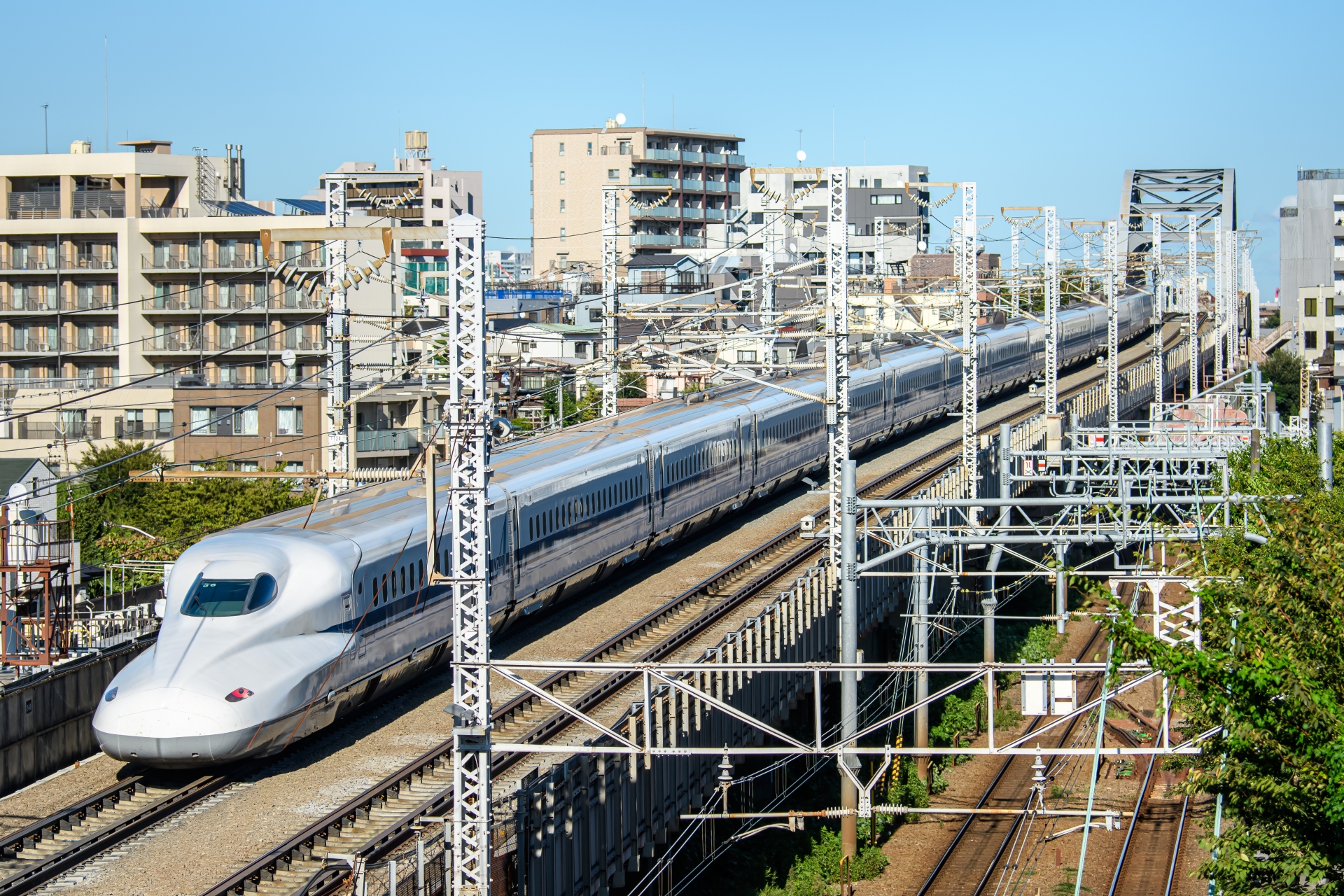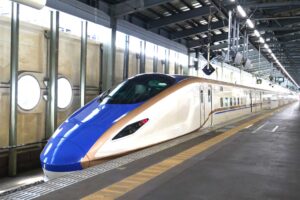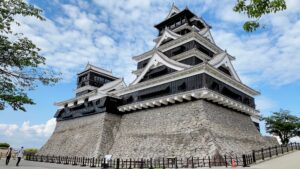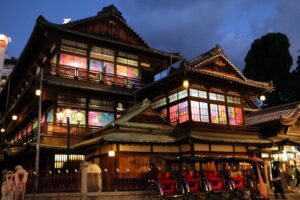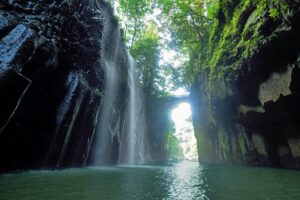In just two weeks, you can experience the highlights of Japan—buzzing Tokyo, historic Kyoto, scenic Hiroshima, and more. But if you plan to use the 14-day Japan Rail Pass, strategic planning is key. This article walks you through a carefully designed itinerary built around the JR Pass, shows how to activate it for maximum value, explores alternative routes, and gives practical tips for train travel, luggage, and seasonal planning. Whether you’re a first-timer or return traveller, this guide will help you ride Japan by rail with confidence.
Why Choose the 14-Day Japan Rail Pass?
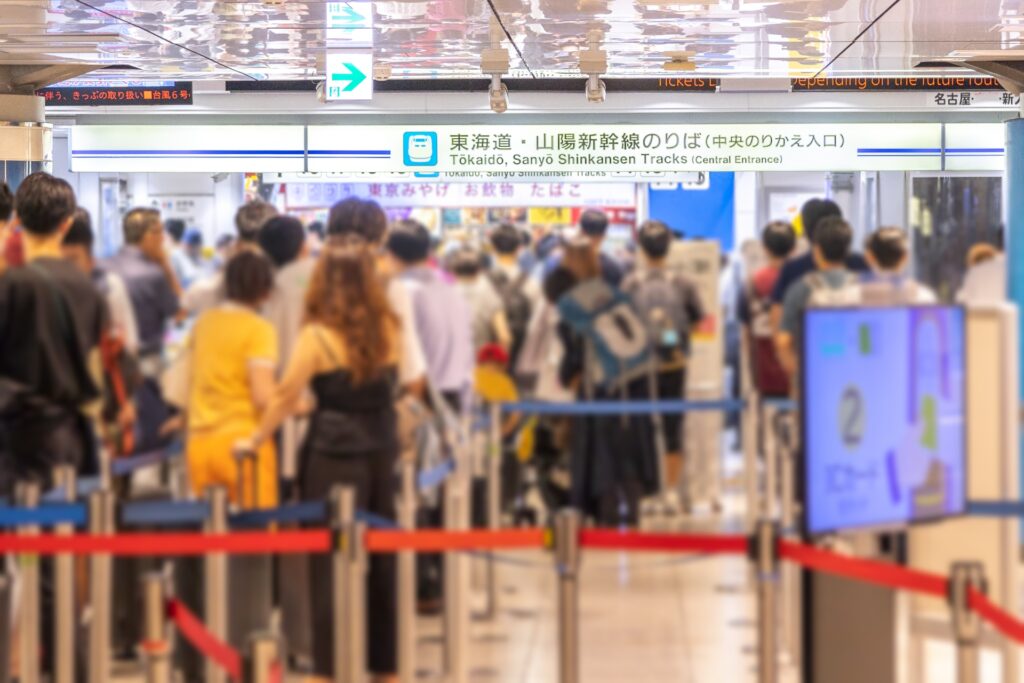
The Japan Rail Pass—often called the JR Pass—is a nationwide rail pass created for travelers who want to explore Japan efficiently using the country’s extensive rail network. The 14-day version provides unlimited travel on most JR-operated trains for 14 consecutive days, including shinkansen, limited express services, local JR trains, and selected JR buses and ferries. For many visitors, especially those planning to cover multiple regions such as Tokyo, Kyoto, Osaka, and Hiroshima, the JR Pass offers both convenience and significant cost savings. Understanding how the pass works—and when it provides the best value—is key to maximizing its benefits.
The pass becomes especially cost-effective when your itinerary includes several long-distance journeys. Routes such as Tokyo to Kyoto, Kyoto to Hiroshima, and Hiroshima back to Tokyo can individually cost more than the price of the 14-day pass when purchased separately. With a fixed-rate pass, budgeting becomes more predictable, and you gain flexibility in adjusting your plans as you travel. However, it’s important to note the JR Pass does not cover the fastest shinkansen services—Nozomi and Mizuho—so you will instead use the slightly slower but still very efficient Hikari and Sakura trains. The pass also excludes private railways and most subway lines, so some additional costs may arise for urban travel.
Despite these limitations, the JR Pass shines for cross-country travel. It removes the hassle of buying individual tickets every time you move, and it encourages spontaneous detours or day trips without worrying about added transportation costs. For a two-week journey covering Japan’s major regions and cultural highlights, the 14-day JR Pass offers a balance of simplicity, flexibility, and financial value that greatly enhances the overall travel experience.

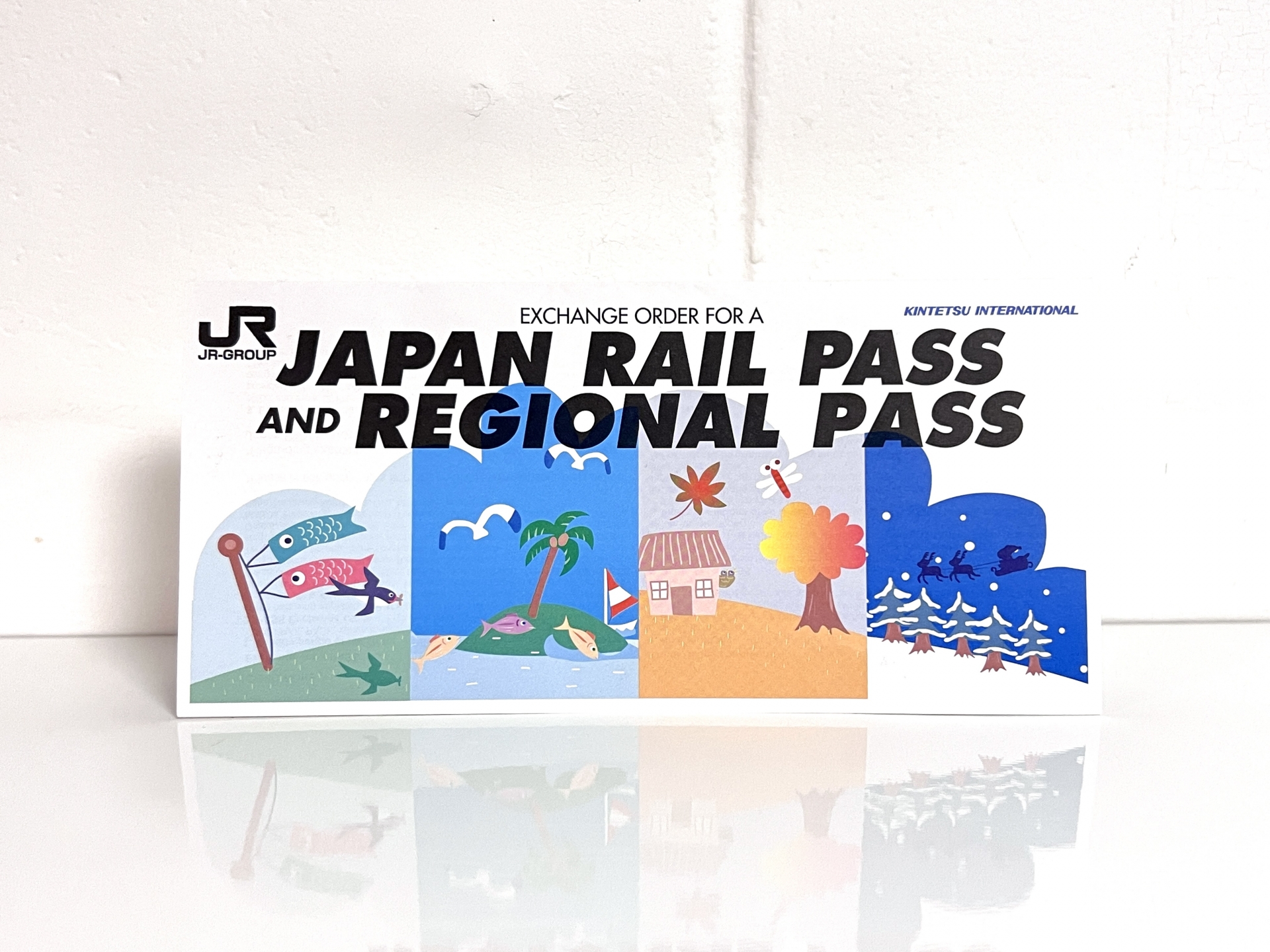
Ideal 14-Day Route Using the JR Pass (Day-by-Day)
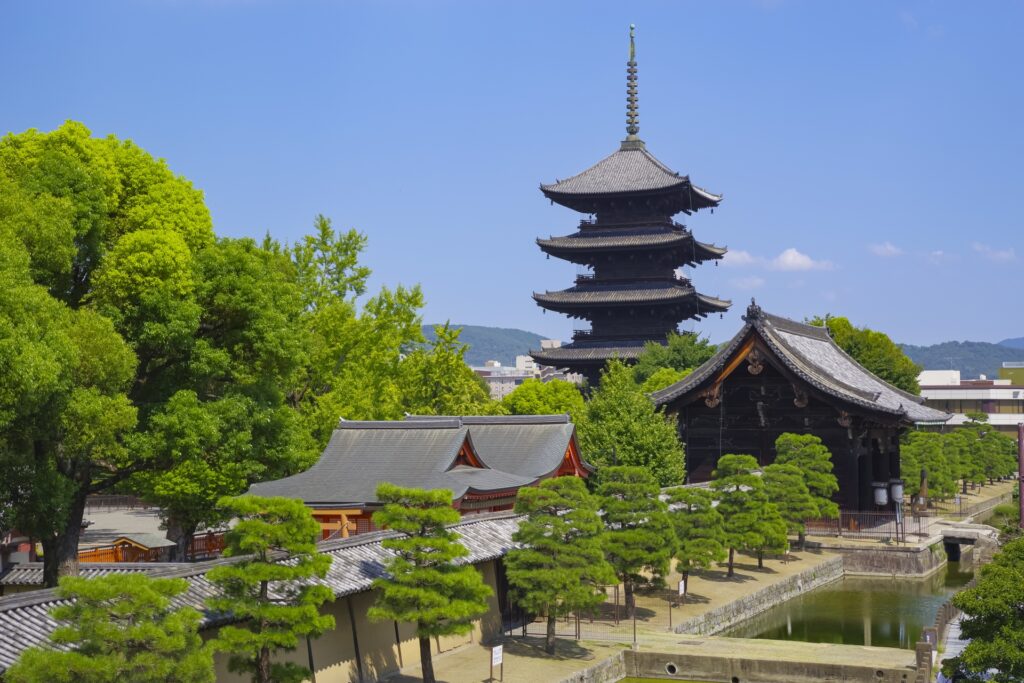
A well-designed 14-day itinerary lets you experience the best of Japan while taking full advantage of the JR Pass. The route below is tailored for first-time visitors who want a well-balanced mix of major cities, historic districts, and natural landscapes. Each day includes suggested destinations, highlights, and overnight bases to help you visualize the flow of the trip. This itinerary emphasizes long-distance travel legs that maximize the JR Pass’s value, while leaving ample time to explore each region at an enjoyable pace.
By covering multiple regions—Tokyo, Kansai, Chūgoku, and optionally Kyushu—you can appreciate the diversity of Japan without feeling rushed. Free seat reservations included with the JR Pass also make planning easier, especially during peak travel seasons. Below is a recommended day-by-day breakdown.
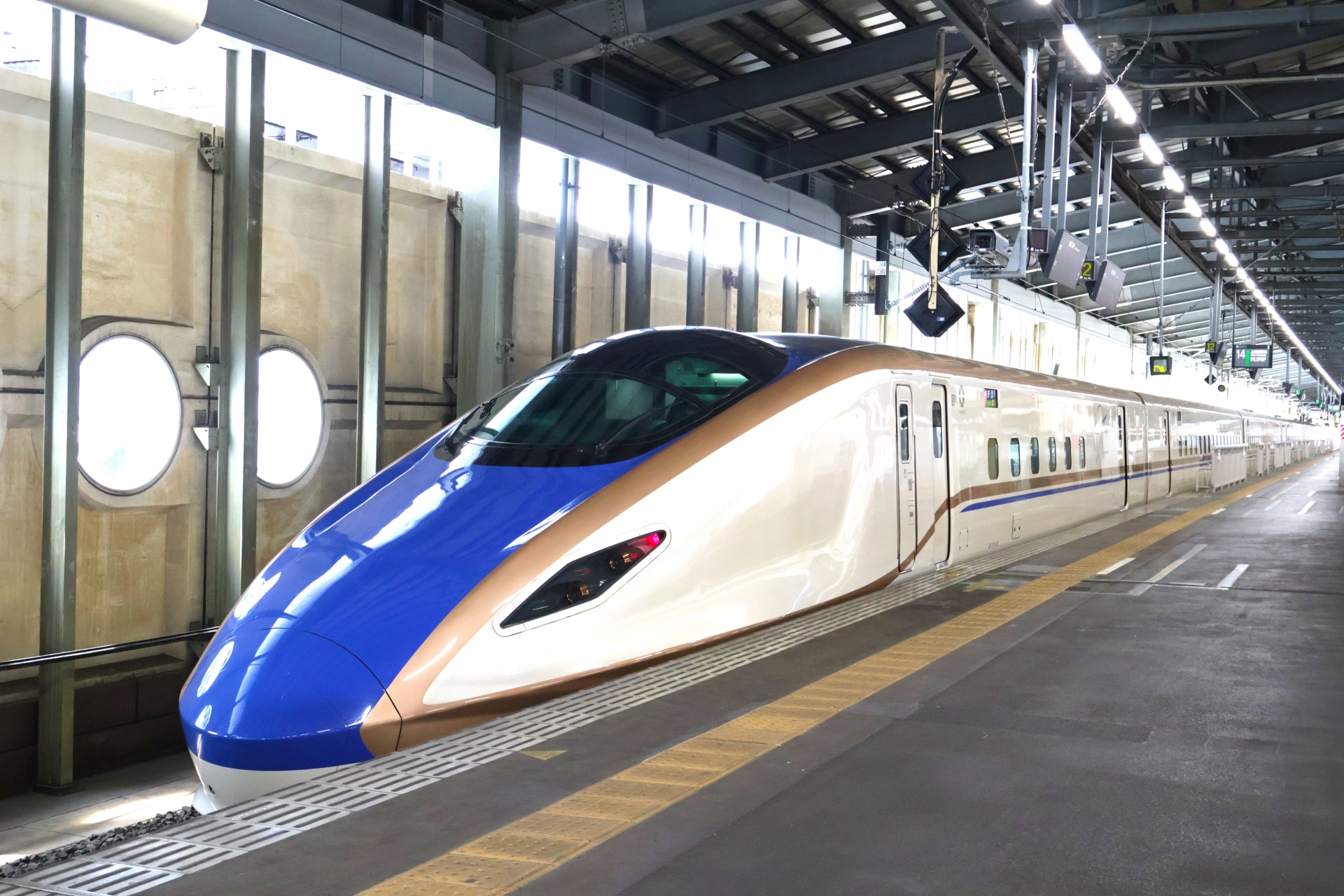
Suggested Day-by-Day Breakdown
Days 1–4: Tokyo and Surrounding Regions
Begin your journey with a deep dive into Tokyo’s most iconic districts and cultural landmarks. Wander through the historic streets of Asakusa, experience the energy of Shibuya Crossing, explore the fashion-forward neighborhoods of Harajuku, and enjoy the peaceful grounds of Meiji Shrine or the Imperial Palace. Consider a day trip to Nikko or Kamakura via JR lines for a refreshing contrast to the capital’s urban atmosphere. On Day 4, board your first major shinkansen to Kyoto—an ideal moment to activate your JR Pass if you haven’t already.
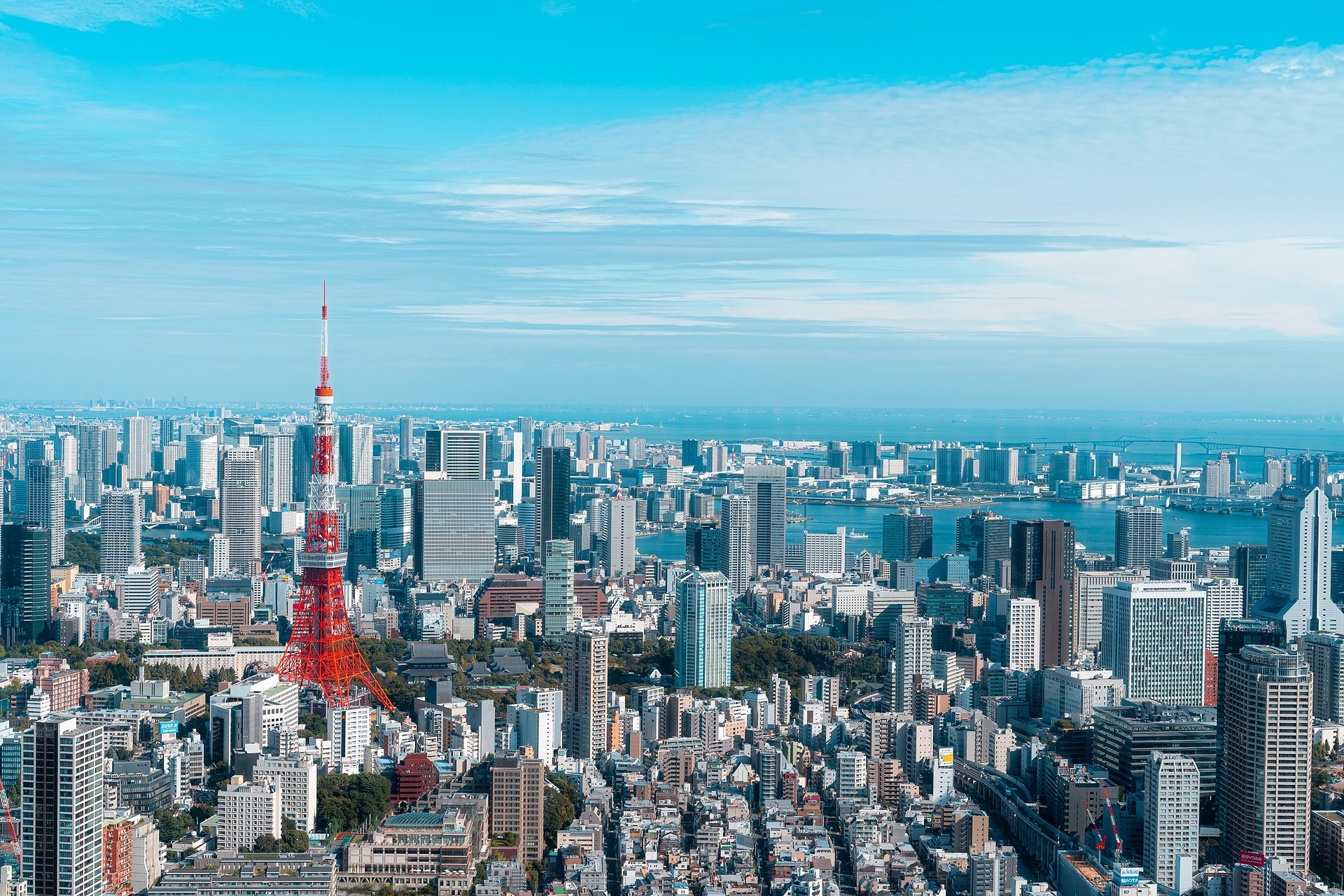
Days 5–8: Kyoto, Nara, and Osaka (Kansai Region)
Spend at least two full days exploring Kyoto’s world-famous temples, shrines, gardens, and old merchant districts. Highlights include Fushimi Inari Shrine, Arashiyama Bamboo Grove, Kiyomizudera Temple, and the streets of Gion. A day trip to Nara offers the chance to visit UNESCO sites such as Tōdai-ji and Kasuga Taisha while encountering the city’s friendly deer. On Day 8, shift your base to Osaka to enjoy its vibrant nightlife and street food while positioning yourself conveniently for travel further west.

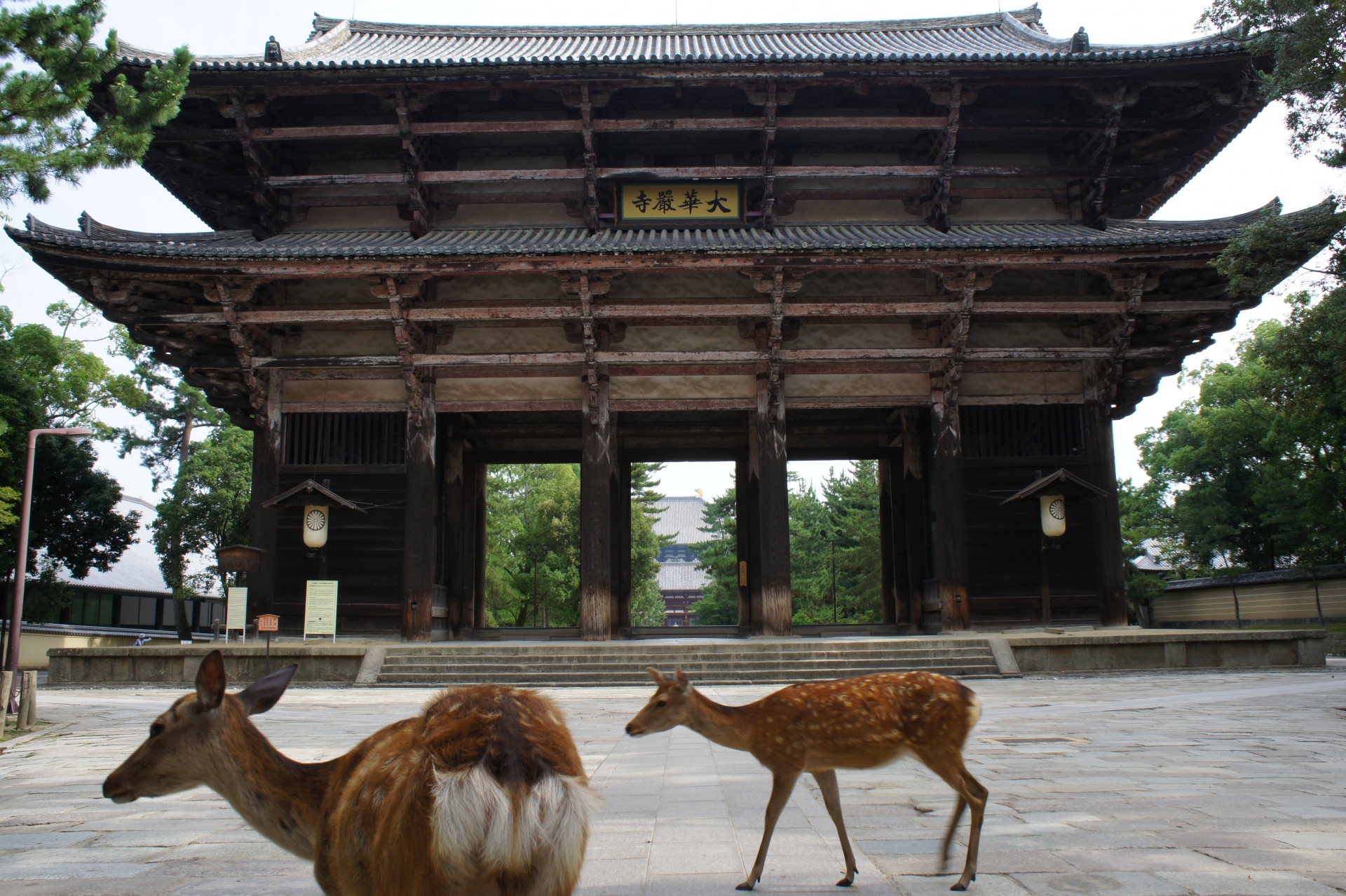
Days 9–11: Hiroshima and Western Japan
Travel from Osaka to Hiroshima for a meaningful visit to the Peace Memorial Park and Museum. The following day, take a short JR-and-ferry journey to Miyajima Island, home to the iconic “floating” torii gate and scenic forest paths. This portion of the journey features several long-distance travel legs, making it one of the most cost-effective sections for JR Pass users. On Day 11, you may choose to explore additional nearby cities or begin your journey eastward depending on personal interest and pace.
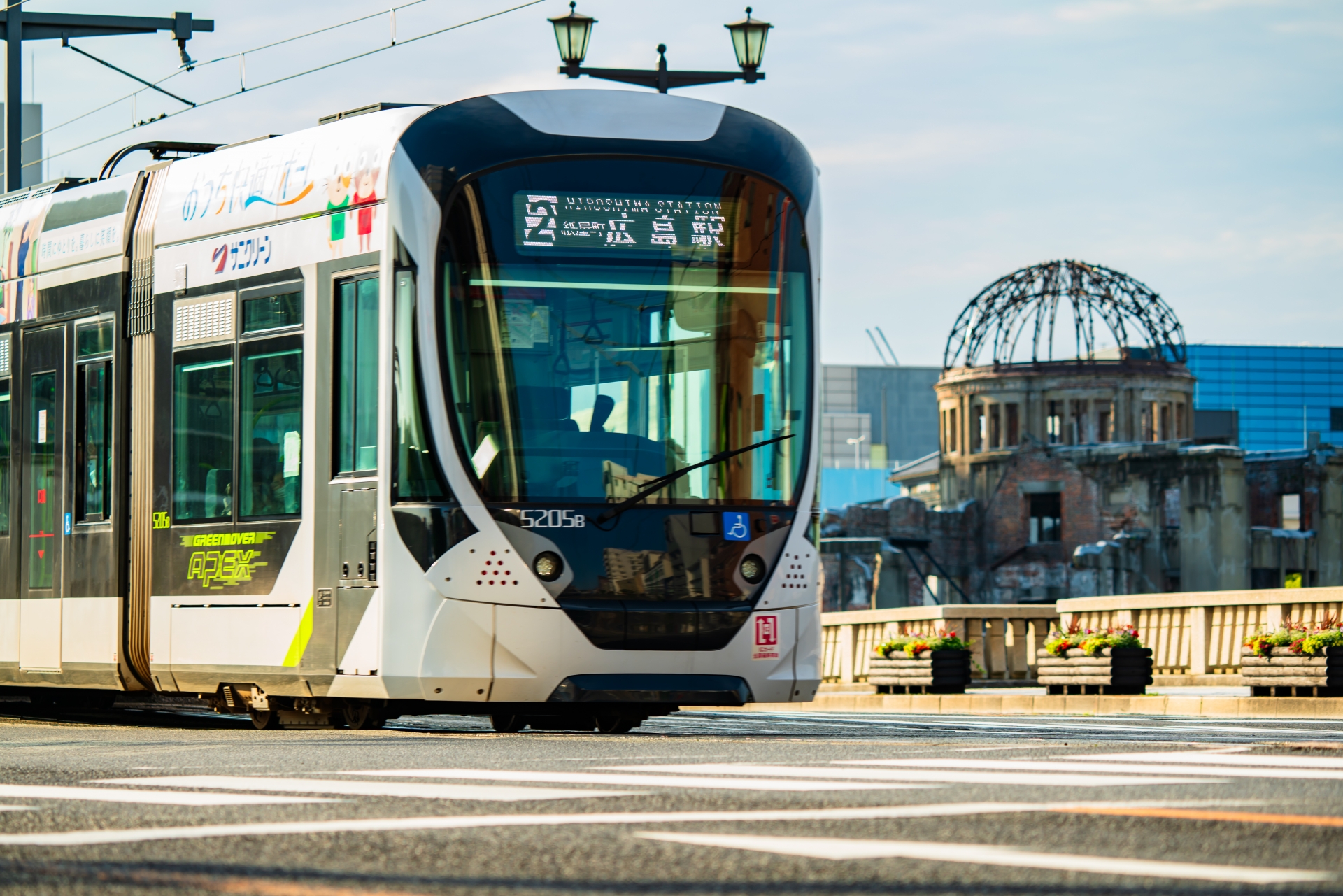
Days 12–14: Return to Tokyo and Final Exploration
On Day 12, return to Tokyo on a long shinkansen ride—one of the final opportunities to maximize the JR Pass’s value. Use your remaining days to revisit favorite neighborhoods, shop for souvenirs, enjoy local cuisine, or take short day trips to nearby destinations. With the JR Pass, returning to the airport via rail is smooth and stress-free, making your final departure day more relaxed.
Sample Travel Legs & Seat Reservation Tips
| From | To | Approx. Time | Notes |
| Tokyo | Kyoto | 2.5–3 hrs | Ideal first long-distance leg for JR Pass value |
| Kyoto | Osaka | 15–30 min | Frequent JR trains; no shinkansen needed |
| Osaka | Hiroshima | 1.5–2 hrs | Excellent long-distance JR Pass usage |
| Hiroshima | Tokyo | ~4 hrs | Major return leg that strongly justifies the pass |
Seat reservations are free with the JR Pass and are especially important during busy periods such as cherry blossom season, Golden Week, summer holidays, and autumn foliage season. Luggage forwarding services—available at hotels and convenience stores—also help make long-distance travel more comfortable by allowing you to send suitcases ahead and board trains with minimal baggage.
Maximising Value & Avoiding Common Mistakes
To fully benefit from the JR Pass, it’s essential to plan travel days strategically. While the pass offers unlimited travel, its value increases significantly when used for multiple long-distance journeys. Key intercity routes like Tokyo–Kyoto, Kyoto–Hiroshima, and Hiroshima–Tokyo often exceed the value of the pass when purchased individually, making the JR Pass an exceptionally smart choice for travelers covering similar distances.
Common mistakes include activating the pass too early and then spending several days within a single city, inadvertently wasting valuable pass days on short urban trips. It’s best to activate the pass on the day of your first major intercity transfer. Another common misunderstanding is assuming all rail and subway lines are included; many private lines and subways require separate payment. Always check whether your route is JR-operated.
Travelers concentrating on only one region—such as Kansai or Kanto—should also consider whether a regional rail pass might be more cost-effective. Regional passes tend to be cheaper and sometimes cover additional local lines not included in the Nationwide JR Pass. Depending on your itinerary, a mix of regional passes and individual tickets may even be cheaper than the 14-day JR Pass.
Alternative Routes & Interests

For travelers interested in exploring beyond the classic Tokyo–Kyoto–Osaka route, the JR Pass makes it easy to design unique two-week journeys based on personal interests.
Northern Japan (Tohoku & Hokkaido)
Ideal for nature lovers and winter travelers, this route may include Sendai, Aomori, Hakodate, and Sapporo. Expect vast coastlines, snow festivals, mountain scenery, and relaxing hot springs. The long distances involved make excellent use of the JR Pass.
Southern Japan (Kyushu & Western Honshu)
A Kyushu-focused route brings travelers to Fukuoka, Beppu, Kumamoto, and Kagoshima. These regions offer vibrant food culture, volcanic landscapes, and some of Japan’s most atmospheric hot spring towns.
Central Japan (Takayama, Kanazawa, Matsumoto)
This off-the-beaten-path option highlights traditional towns, preserved samurai districts, scenic mountain views, and iconic landmarks like Matsumoto Castle. It offers a slower, more intimate travel experience while still benefiting from JR Pass long-distance travel coverage.

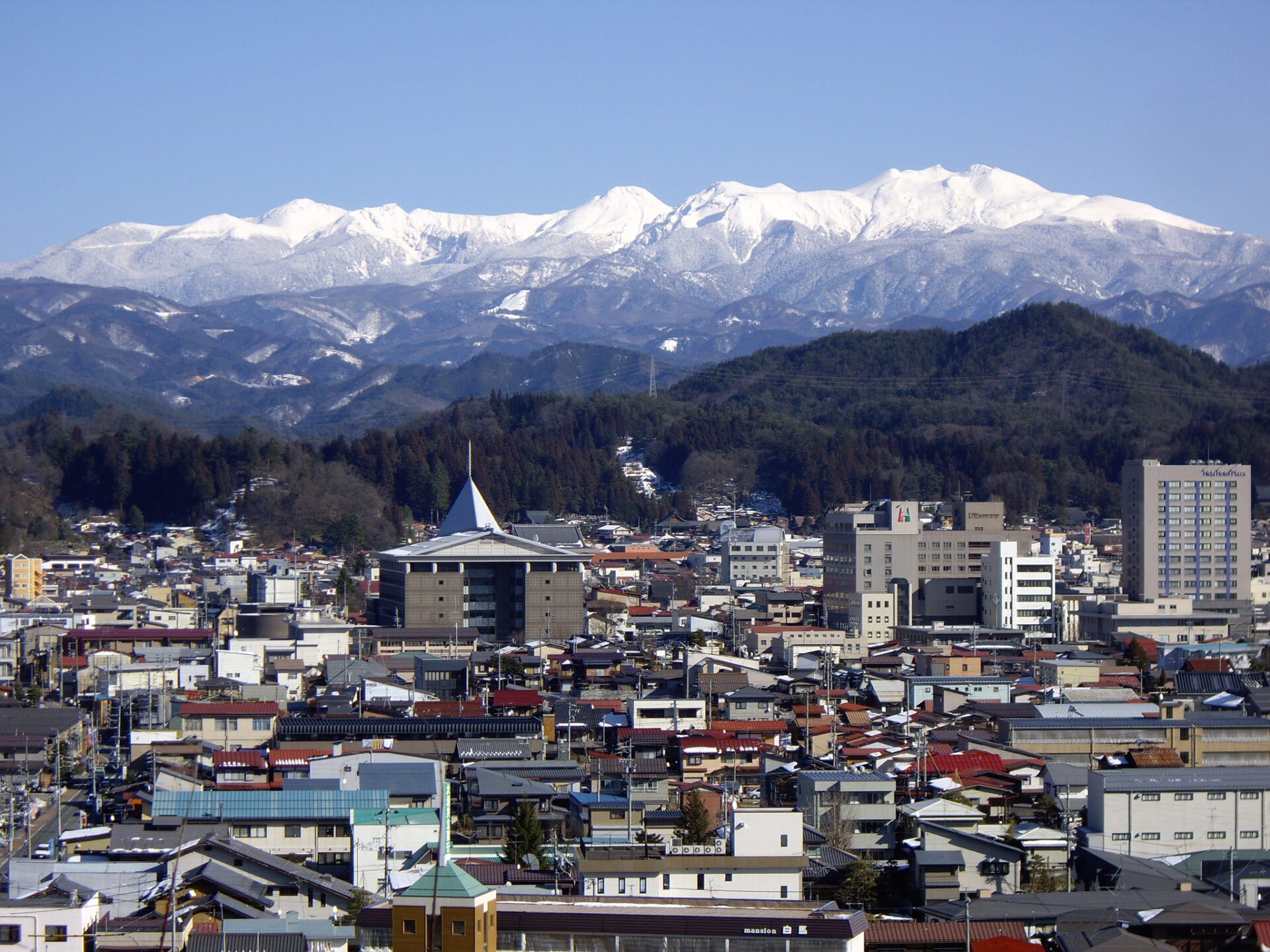
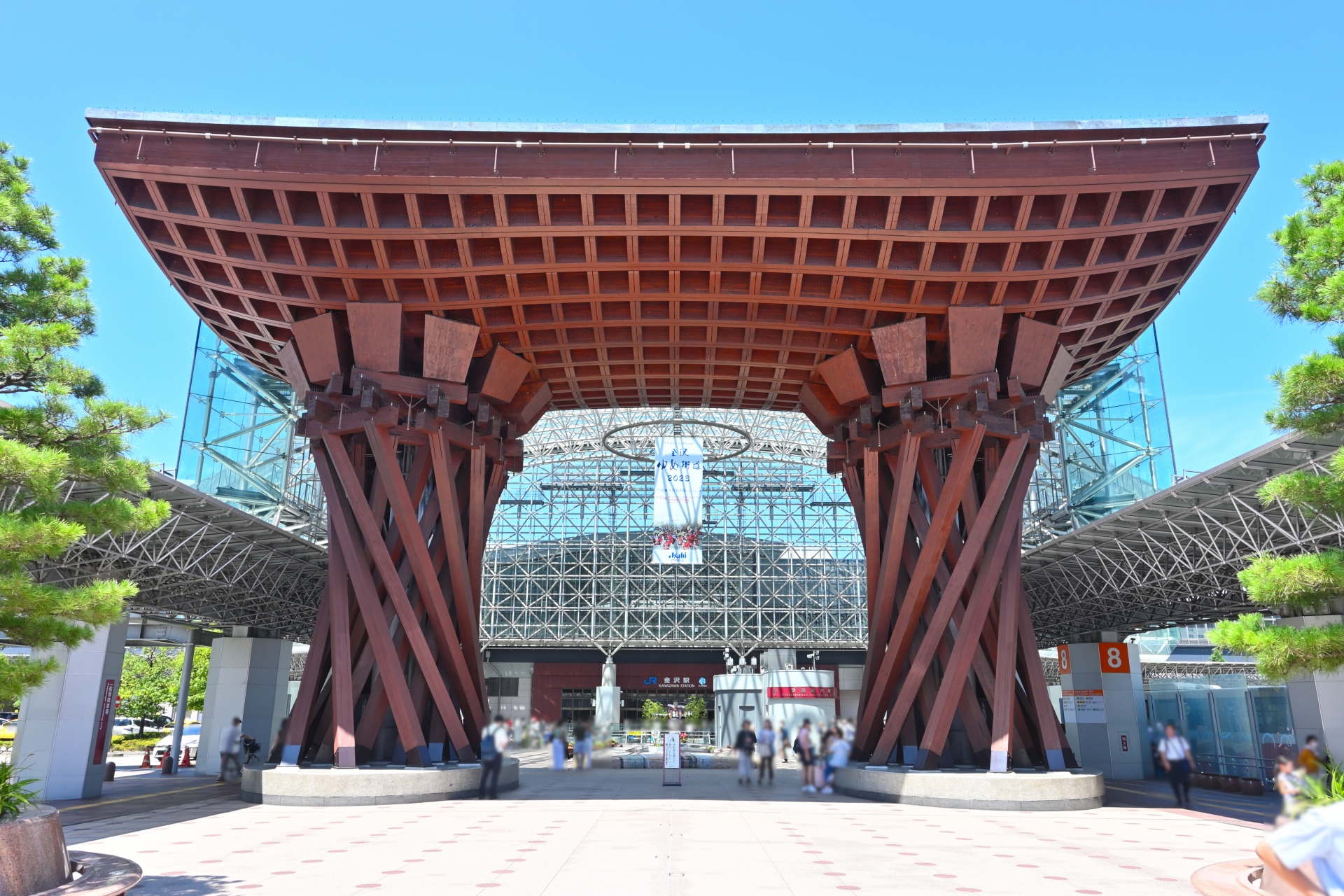
Seasonal Timing, Practicalities & Travel Tips
Japan’s distinct seasons greatly shape travel experiences. Spring brings cherry blossoms—and increased demand for shinkansen seats and accommodations. Autumn offers some of Japan’s most stunning foliage, particularly in Kyoto, Nara, Nikko, and mountainous regions. Summer is hot and humid but ideal for escapes into cooler highland areas. Winter brings powder snow to northern regions and is perfect for combining rail travel with onsen stays.
When activating the JR Pass, you must choose a specific start date. If you’re staying in one city for the first few days, waiting to activate the pass until your first long-distance trip is often the most efficient strategy. Always carry your passport, as station staff may ask to verify eligibility.
Luggage forwarding services are invaluable for multi-city travel, allowing you to comfortably ride trains with only a small bag. For local transportation that isn’t covered by the JR Pass, IC cards like Suica or Pasmo make city travel effortless. Staying connected with a local SIM card or portable Wi-Fi hotspot also simplifies route planning and navigation.
Summary
A 14-day trip across Japan offers the perfect amount of time to experience the country’s cultural richness, regional diversity, and stunning landscapes. And the Japan Rail Pass is a powerful tool that enhances that freedom—turning long-distance travel into an effortless, enjoyable part of the journey. Throughout this guide, we explored a well-balanced two-week itinerary, alternative route ideas, seasonal considerations, and practical travel tips to help you plan confidently.
With its unlimited travel, seamless seat reservations, and ability to support spontaneous day trips or changes in plans, the JR Pass provides a level of convenience and peace of mind that is especially valuable for first-time visitors. It allows you to focus less on logistics and more on the joy of discovery—whether you’re wandering through ancient temples, exploring vibrant modern cities, or admiring Japan’s natural beauty from the train window.
A two-week journey in Japan can take countless forms, but with the JR Pass, each version becomes more flexible, more comfortable, and ultimately more memorable. If your itinerary includes long-distance travel across regions, the 14-day JR Pass can be an excellent way to enrich your experience while simplifying your travels.

